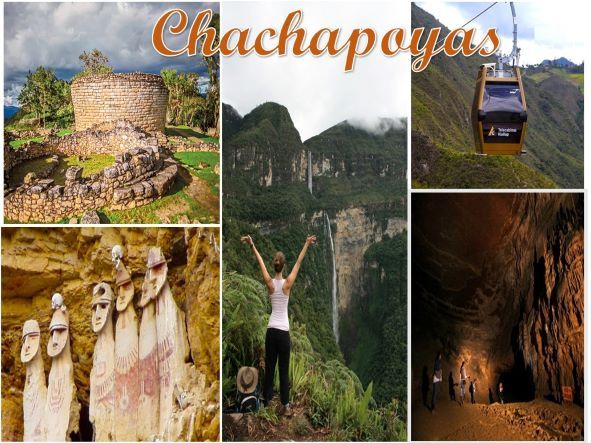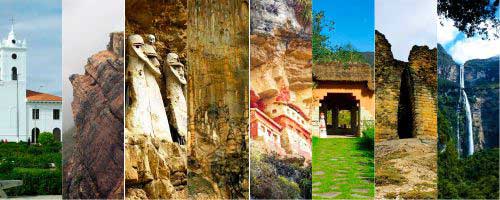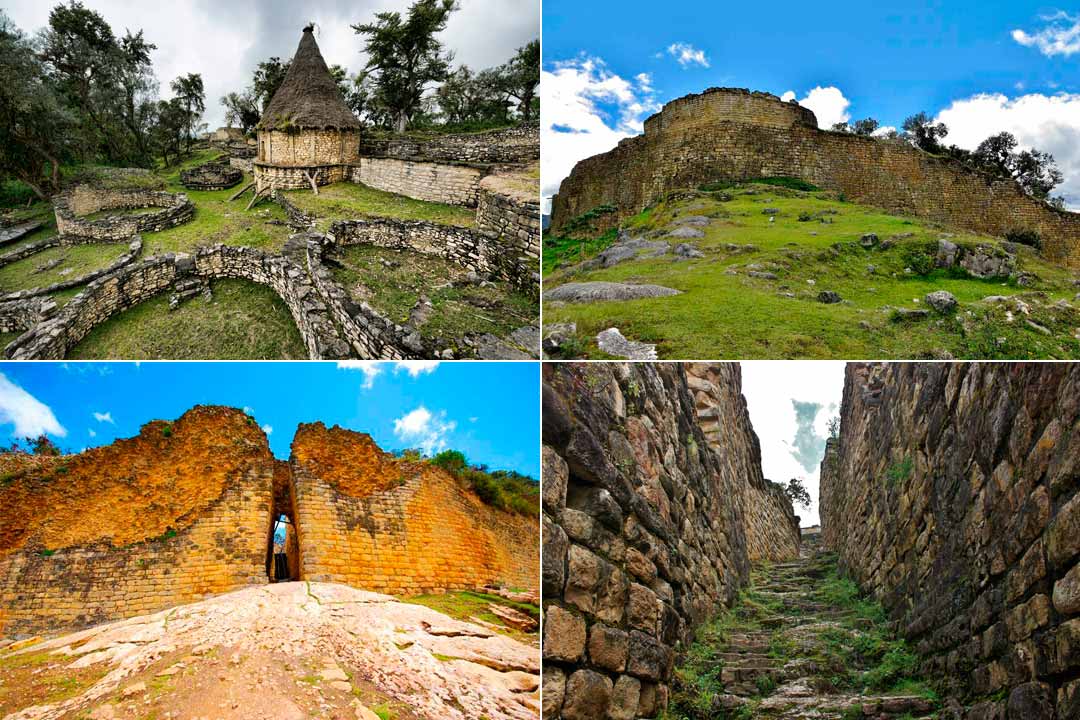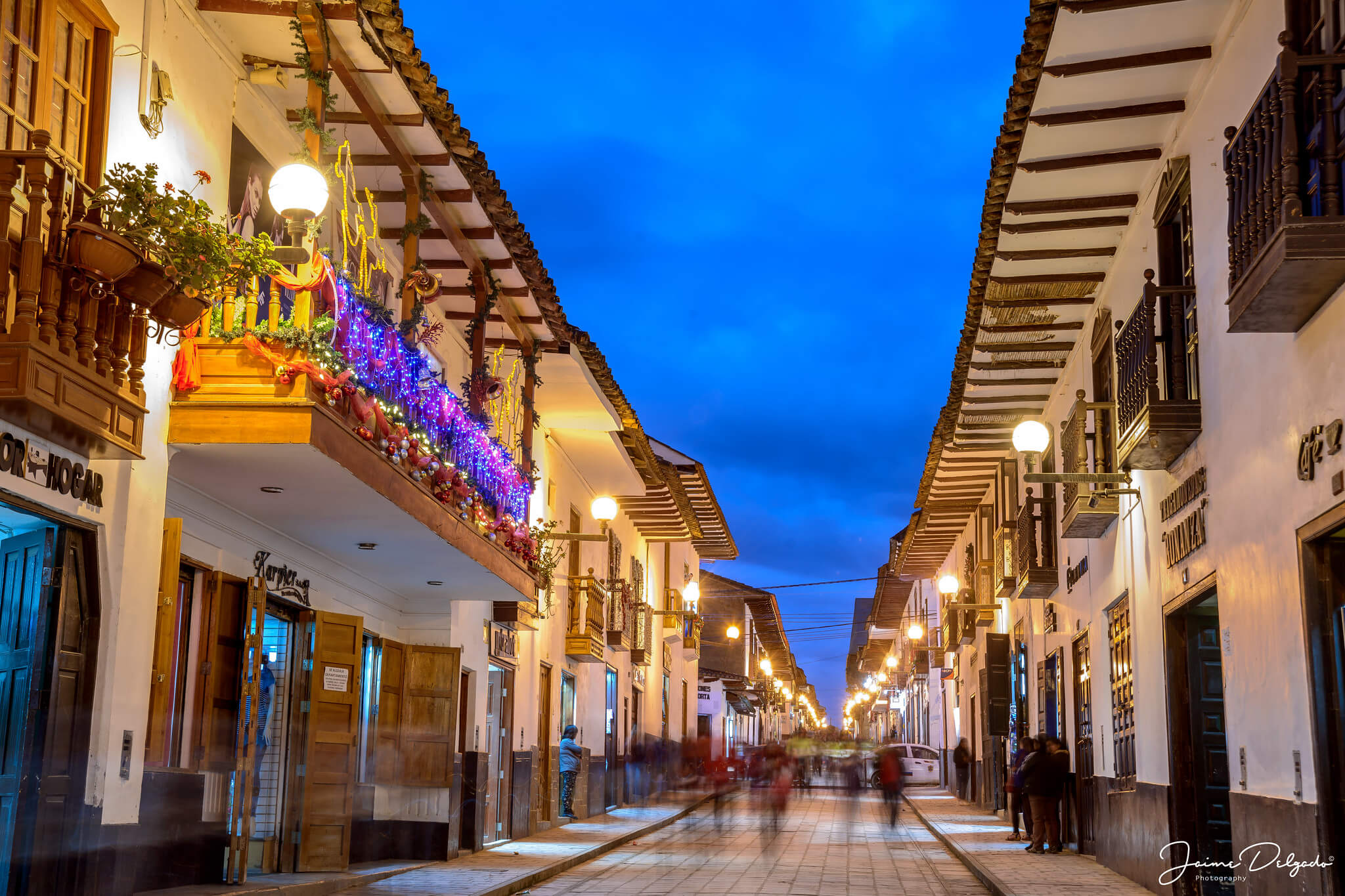Hello bloggers, today I will write about the Chachapoyas Culture (Known as people from the Cloud Forest), read more about in the blog below.
The Culture of Chachapoyas:
The Chachapoyas cultures according the archeology, developed between 801 and 1471 AD, in the north-eastern region of Peru, located in the department of Amazonas, covering territories that belong to the Equatorial Dry Forest and the High Jungle, in an extension of almost 300 km in length and an altitude that varies between 901 and 4,400 m above sea level.
So with a rich variety of microclimates due to the influence of the winds that bring the rains from the Amazon basin. Its northern limit was the Pomacochas lagoon, in the department of Amazonas, its southern limit was the province of Pataz, in the department of La Libertad, to the east was the Huallaga river, and to the west the Marañón river.


They developed in the area surrounded by the Huallaga River to the east, and by the Marañon River to the west and north, where the towns of Bagua and Moyobamba are now, in the current department of Amazonas.
The Chachapoyas Culture itself, possibly had its beginnings in the 8th century, and must have reached its flourishing phase from the 11th century and lasted until the arrival of the Spanish in Peru, although by 1474 their political independence was affected by the Inca conquest.
Its territory stretched from north to south for almost 455 kilometres, it was estimated to have 455,000 indigenous people and were descended from culturally Andean immigrants from the altiplano, who modified their ancestral culture in the new environment, assimilating Amazonian features.
The Peruvian pre-Hispanic culture, located in the present department (state) of Amazonas and developed in the 10th century from 840 to 1474 AD. The Chachapoyas reached their peak in the 11th century, they developed agriculture, architecture and textiles.
Kuelap Amazonas Peru:
The Chachapoyas culture left an important number of large stone monuments such as the Llacta de Kuélap, the Gran Pajatén, funerary buildings, sarcophagi and mausoleums like those at Laguna de los Cóndores and other hard to reach places. This culture was a set of developing autonomous communities. The Chachapoyas lived southeast of the Bracamoros, on the right bank of the Marañón River.
Their development was centred on the Utcubamba river valley, they also possessed fortifications and structures of a military nature, but despite this, they were conquered by the Incas in 1470.
An almost forgotten culture developed there, made up of various ethnic groups, located at an altitude of around 3,000 metres, which lasted until 1470 when they were subjugated by the Incas. They had very skilled artists, highlighting their textiles, goldsmithery, constructions and other aspects of craftsmanship.
Architecture:


The Chachapoyas culture is characterized by the richness of its buildings, many of which are decorated with a system of friezes made from irregularly arranged stones, forming geometrical designs like arabesques.
In general, the residential and monumental buildings are circular and made of stone, and their walls have stone reliefs decorated, in several cases, with symbolic figures. They have ramps or inclined stairs facing the entrance and are usually erected on platforms located on slopes. The most prominent architectural complexes are Kuélap and Gran Pajatén.
Ceramics:
Chachapoya pottery was generally quite simple, especially when compared to the textile arts in which local craftsmen excelled. Most of the pottery found is utilitarian, worked with the rolling technique or simply forming the clay mass with the fingers. The decoration techniques used were: appliqué technique, stamping, stippling and incision.
Textiles:
In textile work, they basically used cotton and, to a lesser extent, llama and alpaca wool. The backstrap loom was the most widely used. In Laguna de los Cóndores, good quality fabrics used to wrap mummies in Inca times have been found.
Sarcophagi of Karajía are an important vestige of pre-Inca tombs whose construction is attributed to the so-called Chachapoyas culture. These sarcophagi are located in the district of Conila, in the province of Luya, in the region of Amazonas at about 2600 meters above sea level. And it is estimated that they could have been built between 1000 and 1300 AD.
Sarcophagi of Karajía:
The Sarcophagi of Karajia are called purunmachus are anthropomorphic sculptures that exceed two metres in height. The sculptures are strategically placed on limestone and face the abyss.
It has not yet been discovered how the ancient Chachapoyas people carried these monumental boulders to the summit, but it is believed that there must have been a road that has now been eliminated.
In addition to the fact that the location of the sarcophagi responds to a purpose of protection against the looting of the tombs that they protected – and which, it is believed, belonged to the elite of their culture.
it is also a product of their religious beliefs, since the inhabitants thought that if the guarded body was destroyed (by natural or human agents), the life of this subject would end definitively.


This idea is reinforced if we take into account the point towards which the construction faces, since by looking towards the east, where the sun rises, it would be symbolising rebirth, as well as indicating a possible Chachapoyan belief in life after death.
On a sculptural and distributional level, the sarcophagi are grouped in groups of 4 to 8 (although the reason for this distribution has not yet been explained by archaeologists), and joined laterally. The sarcophagi are also leaning back against the rock of the cave that houses them.
The purunmachus consist of a flat, broad face made of clay, a bust on which can be seen various geometric motifs typical of the constructions of this culture and which symbolise their protective deities, and a hollow body which serves as a funerary receptacle.
The heads of the Karajía monuments are characterised by the presence of protruding noses that give the impression that they are the beaks of birds of prey, as well as having more pronounced mandibles than normal. The so-called “trophy skulls” can be seen on the heads of the monuments in the form of a headdress or crown, which lent a sense of majesty to the sculpture.
As the sarcophagi were hollow structures, they had enough space inside them to house an illustrious dead person, who, in order to be contained in their funerary cavity, had to be previously mummified and seated in the foetal position, as well as being wrapped in various typical cloaks of their people.
Contact Us:
For more information, please contact us DREAMY TOURS, we will be happy to answer all your questions regarding tours in all Peru and Bolivia. We are an Travel Agency specialized in tours packages, if you need some information, please write to us.
We offer tours in these cities in Peru:










